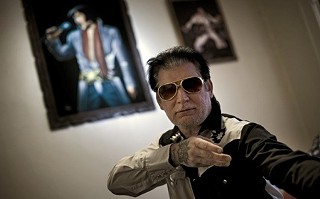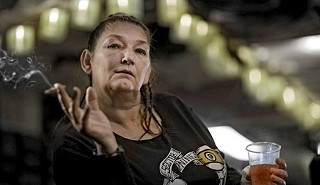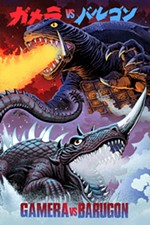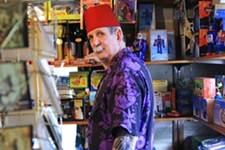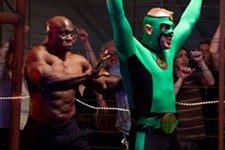Gold in Them Thar Hills
The Dancing Outlaw was just the beginning of the cinematic wealth that is the White clan of West Virginia
By Marc Savlov, Fri., July 9, 2010
"When you represent the Whites, you don't know what you're going to get into: custody, larceny, prescription fraud, shootings, armed robberies, embezzlement, forgery, drug cases, burglary, fights, things like that." – The Wild and Wonderful Whites of West Virginia
What is it about the outlaw mindset that acts as such a particularly powerful draw to the American imagination? Julien Nitzberg's 2009 documentary on the extended clan of Jesco White – the addled hillbilly subject of Jacob Young's 1991 cult documentary Dancing Outlaw – offers some keen observances on the crazy-fun lure of white-trash Americana but ultimately decides that the Whites are an entire anthropological subset of their own: a gun-loving, coal-mining, pill-popping, beer-drinking, hell-raising, husband-stabbing, uncle-shooting, anarchic, wily clan of dentally challenged mountain misfits who drink, fight, and fuck their way through life with the carefree abandon of the truly destitute, the decidedly dangerous, and the few, the proud, the doomed. The extended White clan, a walking, talking, car crash cum argument against fetal alcohol syndrome and iffy life decisions, are flesh-and-blood caricatures, cartoons even – so much so that most of them wouldn't be out of place if their manic, animated personas cropped up in a Forties-era Looney Tune, hunting varmints alongside Elmer Fudd or trading potshots with a displaced Yosemite Sam. And yet Nitzberg, who spent a full year in the Whites' slowly degrading orbit, manages to pull both melodrama and humanity, tawdry though it may be, from the epic parade of oddities and bad mojo overdrive that have marked the Whites seemingly from day one.
Jesco, the Dancing Outlaw, was just the beginning of the story. The Wild and Wonderful Whites of West Virginia focuses on sundry kith and kin, including matriarch Bertie Mae White, dubbed by her brood "the miracle woman" for raising some 34 kids (some of her own, some of her children's, and some who just wandered into the fray and stuck around); the reed-thin, whiskey-voiced Sue Bob White, the self-described "sexiest woman in the family"; and Susan "Kirk" White, whose laissez-faire attitude toward spousal knife fights and random acts of mayhem (the ghastly appropriateness of which has seeped into the mind of her tweener son, Dennis) is straight out of "Stack o' Lee"s murder ballad primer. (Notably, Hank Williams III turns up to offer his rendition of just that.)
Outlaw artisans of anarchy or just plain outlaws, the White clan comes across as the closest thing America has to the folkloric stereotype of European gypsies. They're not as peripatetic, of course, but their insular world and off-the-grid criminal enterprises echo the misguided romance of extreme poverty and insular clannishness often associated with the Romani travelers of myth and legend. There's precious little mythical about the Whites, though. If anything, they're more real than much of what passes for reality these days, a series of hard-luck cases that defy the odds, again and again, until they don't. Fifty-year prison sentences, queasy bathroom drug parties, and gruesome injuries inflicted on close family members do not a shining beacon of American life make. Love these anti-Beverly Hillbillies or hate 'em, there's no denying Hank III's observation that the Whites are "true rebels of the South."
The Wild and Wonderful Whites of West Virginia screens Tuesday, July 13, 7:45pm, and Wednesday, July 14, 9:40pm, at the Alamo Drafthouse at the Ritz (320 E. Sixth).





